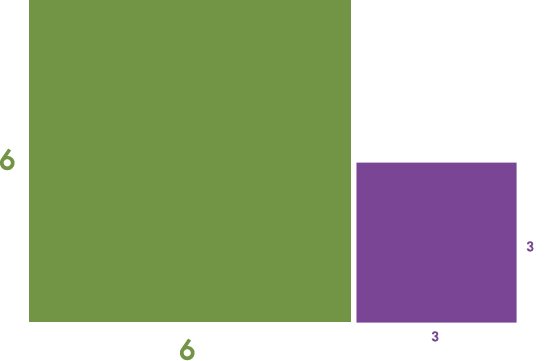Today’s SAT question of the day is an excellent review of probability. You will probably encounter 2-3 probability questions on your SAT, so take advantage of these points if you can.
The question:
Of 5 employees, 3 are to be assigned an office and 2 are to be assigned a cubicle. If 3 of the employees are men and 2 are women, and if those assigned an office are to be chosen at random, what is the probability that the offices will be assigned to 2 of the men and 1 of the women?
Where to start? As with all probability problems, we need to find the number of total possible outcomes and the number of desired outcomes so that we can get our fraction of desired/possible.
At the beginning of our selection process, we have a total of 5 workers. Imagine that our workers are named A, B, C, D, and E. How many unique three-person combinations can we make out of A, B, C, D, and E? Let’s check:
ABC
ABD
ABE
ACD
ACE
ADE
BCD
BCE
BDE
CDE
Ten groupings it is. So, we have 10 possible outcomes. Continue reading →



